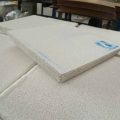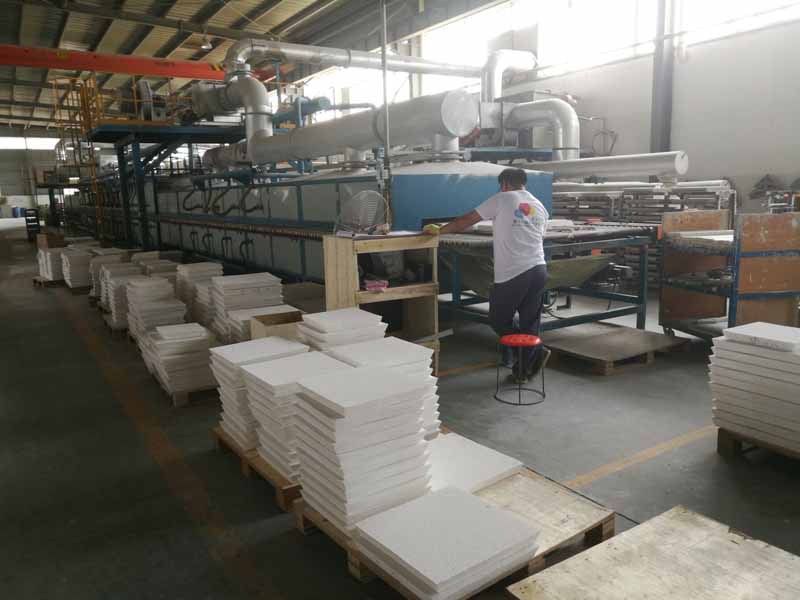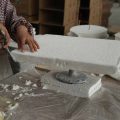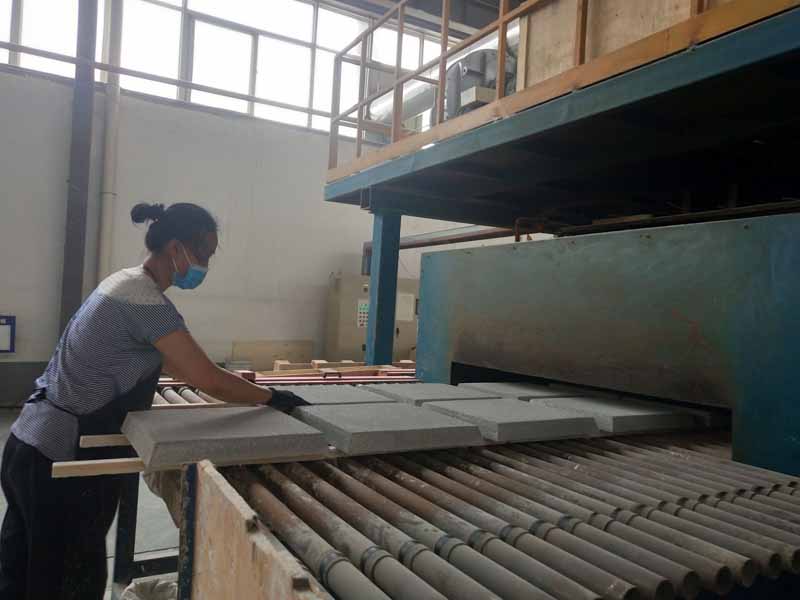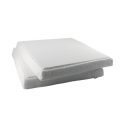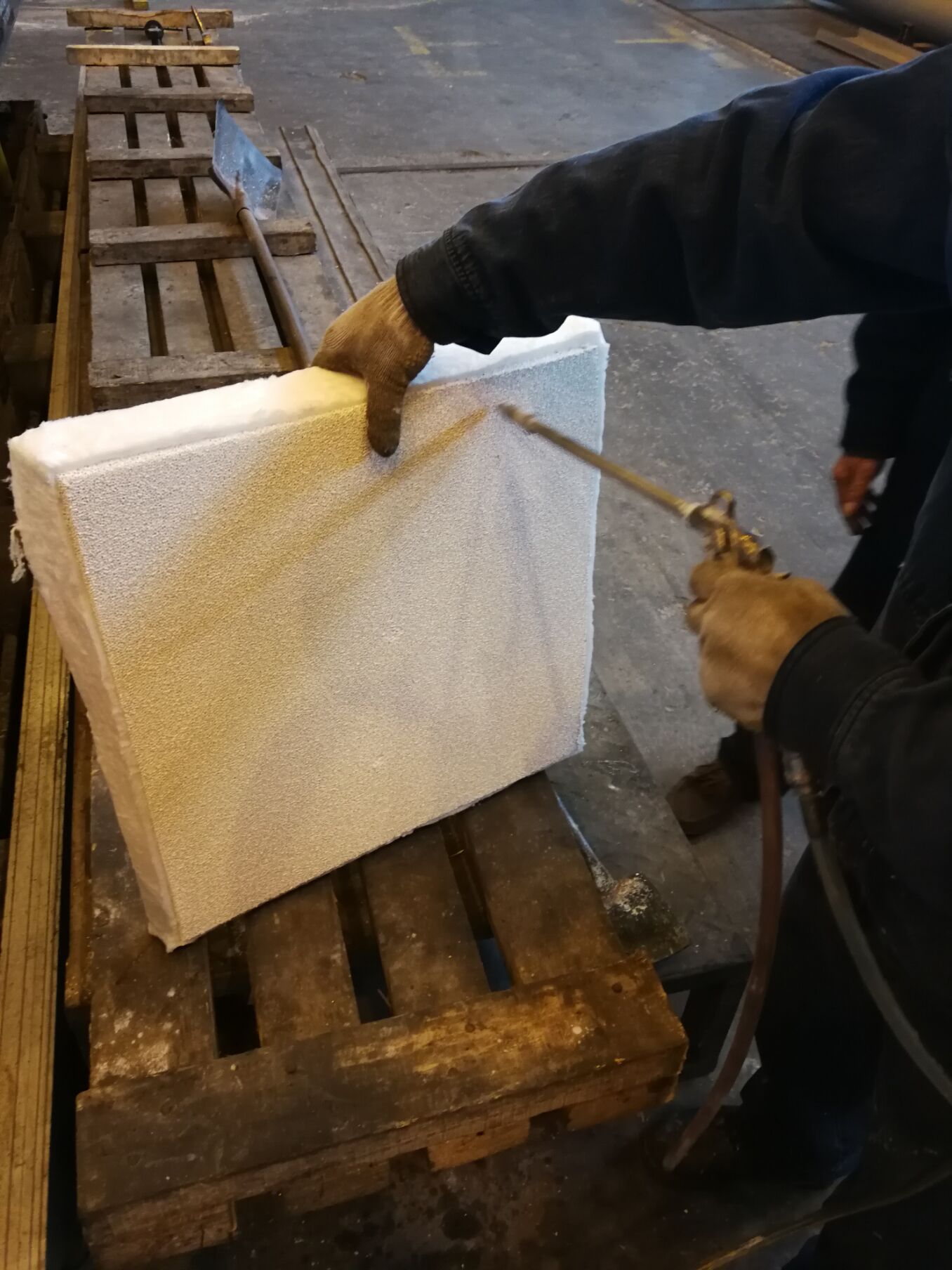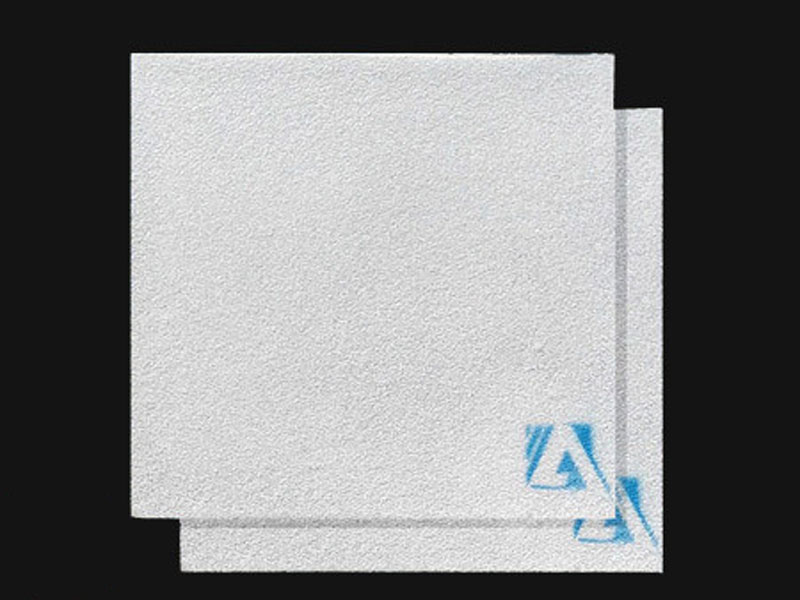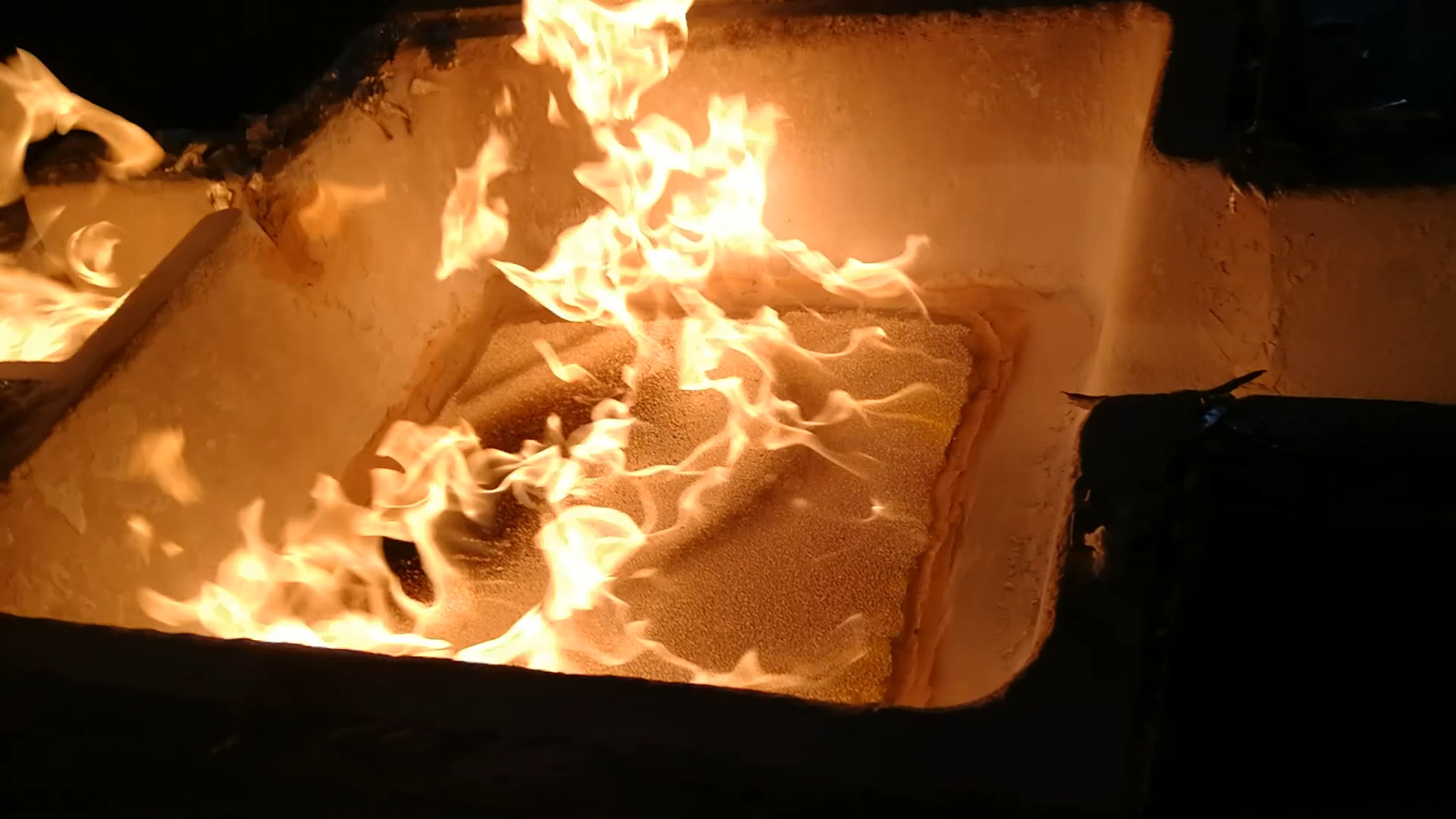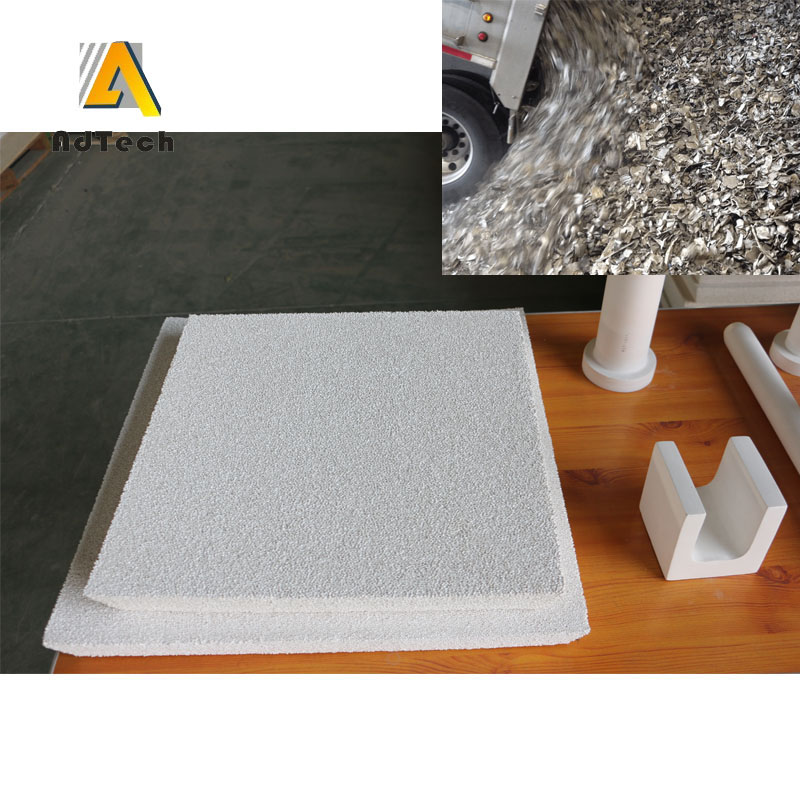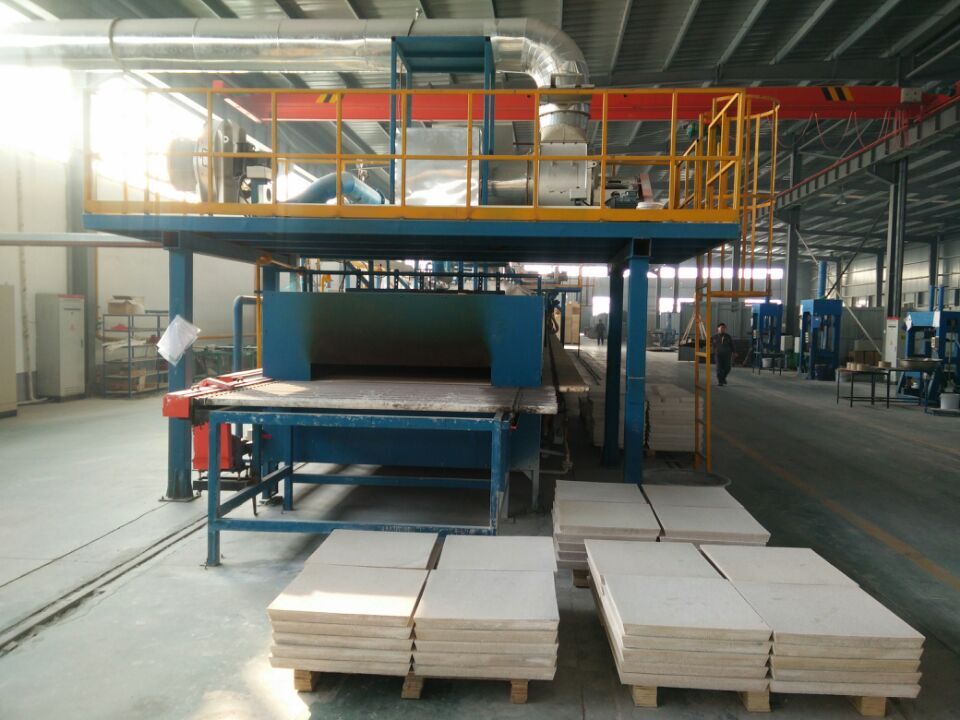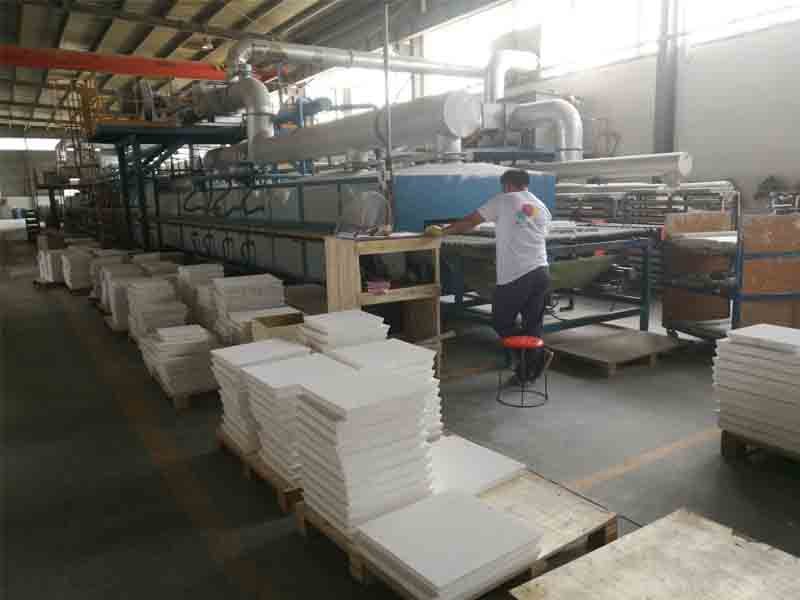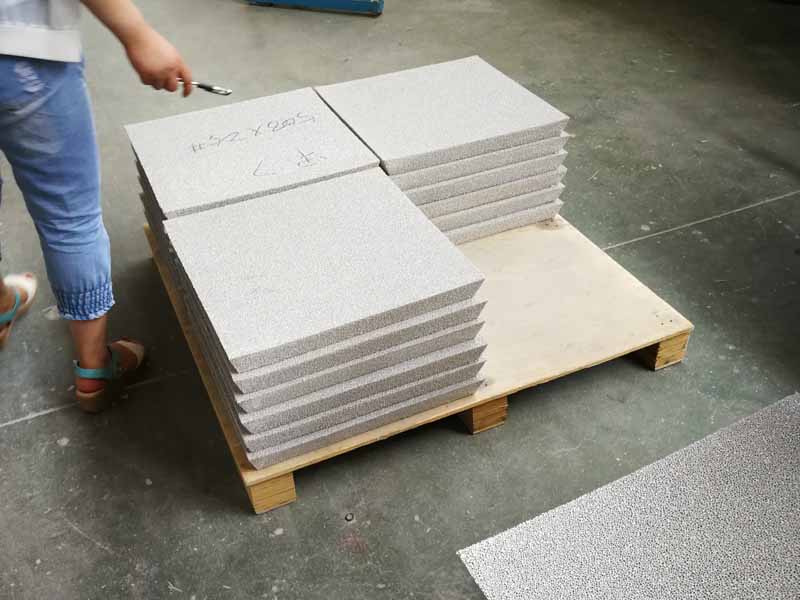Zirconia ceramic filter plate
Zirconia ceramic filter plate, also known as foam ceramic filter plate, consists of alumina ceramic filter plate, silicon carbide ceramic filter plate and zirconia ceramic filter plate. It can effectively remove large inclusions in aluminum liquid and absorb micron-sized small particles. Inclusion particles act to improve surface quality, improve product performance, improve microstructure, and improve yield. In aluminum profiles, aluminum foil, aluminum alloy.
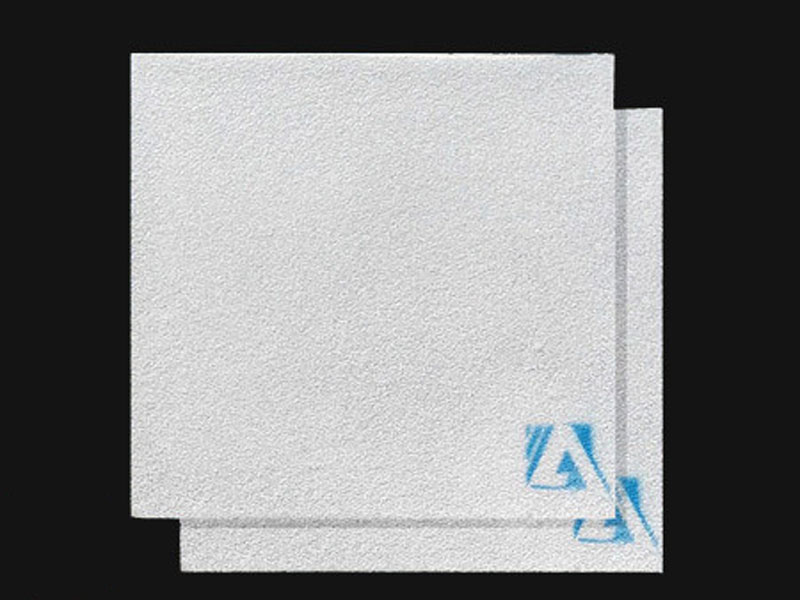
The zirconia ceramic filter plate is a type of ceramic filter plate. The zirconia-based ceramic slurry is uniformly applied to the three-dimensional network structure and the organic foam of the communicating pores as a skeleton of the carrier, and
then dried and solidified and then fired at a high temperature. The zirconia powder was used as the main raw material, the alumina powder and the cerium oxide powder were used as sintering aids, and the high-performance zirconia foam ceramic filter
plate was prepared by the organic foam impregnation process. The effects of firing temperature and holding time on the bulk density, thermal shock resistance and compressive strength of the samples were investigated. The performance of the sample
was characterized by universal testing machine, integrated thermal analyzer, X-ray diffractometer and scanning electron microscope. The experimental results show that the prepared zirconia foam ceramic filter plate has the best performance when
the firing temperature is 1580 ° C and the holding time is 120 min.
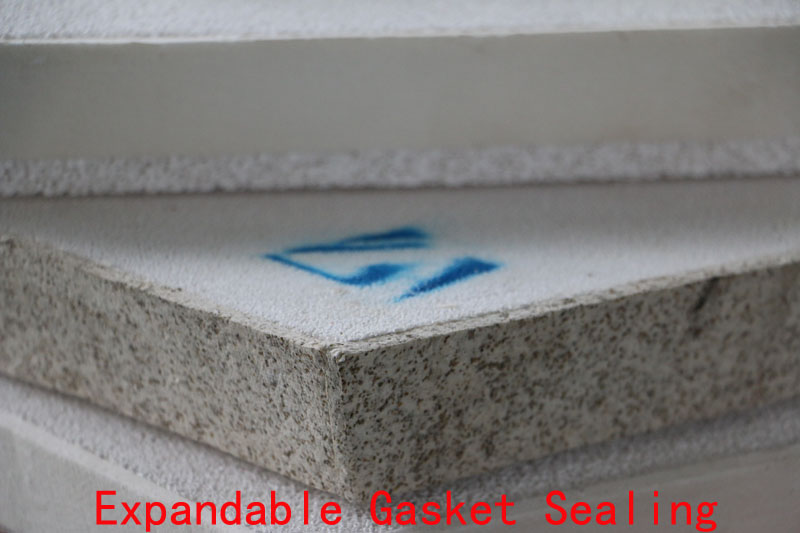
1.high-efficiency filtration to micron-sized slag, refractory fragments and other metal particles impurities, reducing tool loss during casting machining.
2.The metal liquid filling is stable and the casting structure is uniform, thereby improving the mechanical properties such as surface hardness, tensile strength and fatigue resistance of the casting.
3.Three-dimensional mesh structure has a good rectifying effect on metal turbulence, and has good control effect on non-metallic inclusions and secondary oxidation generated by turbulent erosion cavity.
4.simplifies the gating system and improves the cavity utilization.
5.The surface of the casting is clean, reducing the machining allowance, shortening the cleaning time and improving the delivery efficiency.

